ABL static fires rocket for first orbital launch attempt
Tuesday, 12 July 2022 07:52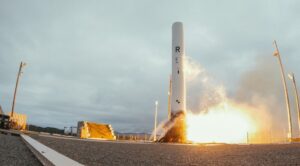
ABL Space Systems successfully test-fired the rocket it plans to launch on the company’s first flight in the next several weeks.
The post ABL static fires rocket for first orbital launch attempt appeared first on SpaceNews.
NASA releases first color image from James Webb Space Telescope
Monday, 11 July 2022 22:44
A deep field of distant galaxies, some dating back to the first billion years after the Big Bang, is the first full-color image to come from the James Webb Space Telescope.
The post NASA releases first color image from James Webb Space Telescope appeared first on SpaceNews.
Japanese startup to demo robotic arm onboard ISS in 2023
Monday, 11 July 2022 20:19
Japanese startup GITAI plans to demonstrate robotic arm capabilities externally on the International Space Station for the first time next year.
The post Japanese startup to demo robotic arm onboard ISS in 2023 appeared first on SpaceNews.
Webb telescope to reveal earliest galaxies after Big Bang
Monday, 11 July 2022 20:18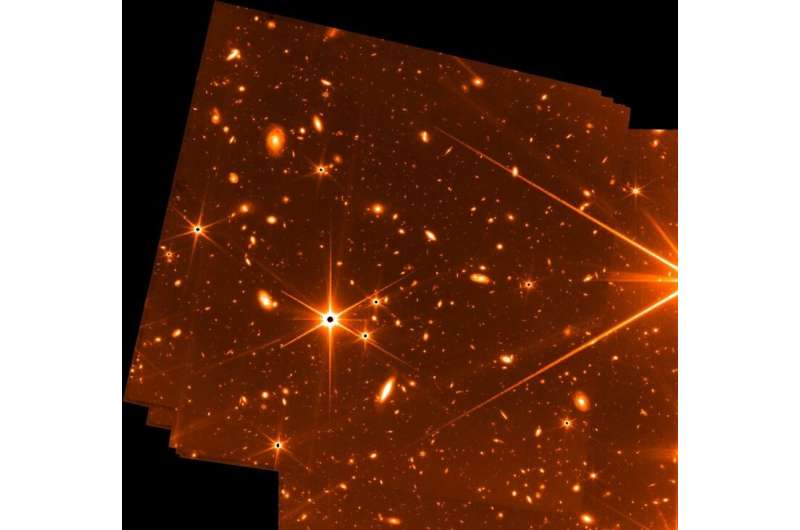
NASA's James Webb Space Telescope is poised to reveal some of the earliest galaxies that formed after the Big Bang, the White House said Monday, as anticipation builds for the powerful observatory's first images.
President Joe Biden will unveil the images during a livestreamed event starting at 5:00 pm (2100 GMT).
Biden revela la primera imagen del telescopio Webb de la NASA
Monday, 11 July 2022 19:58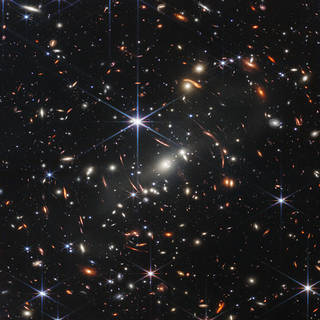 El presidente Joe Biden hizo pública el lunes la primera imagen a todo color del telescopio espacial James Webb de la NASA, durante un acto público en la Casa Blanca en Washington.
El presidente Joe Biden hizo pública el lunes la primera imagen a todo color del telescopio espacial James Webb de la NASA, durante un acto público en la Casa Blanca en Washington. NASA's Perseverance rover scouts Mars Sample Return Campaign landing sites
Monday, 11 July 2022 19:26
NASA's Perseverance Mars rover is conducting its science campaign, taking samples at Jezero Crater's ancient river delta, but it's also been busy scouting. The rover is looking for locations where the planned Mars Sample Return (MSR) Campaign can land spacecraft and collect sample tubes Perseverance has filled with rock and sediment.
President Biden Reveals First Image from NASA’s Webb Telescope
Monday, 11 July 2022 19:22 President Joe Biden released the first full-color image from NASA’s James Webb Space Telescope Monday, during a public event at the White House in Washington.
President Joe Biden released the first full-color image from NASA’s James Webb Space Telescope Monday, during a public event at the White House in Washington. Hyten: Space Force ‘hasn’t cracked the code’ on faster acquisitions
Monday, 11 July 2022 18:39
Former vice chairman of the Joint Chiefs of Staff John Hyten said he worries the DoD bureaucracy and congressional overseers are making it difficult for the U.S. Space Force to acquire new technologies at the pace that is needed to keep up with adversaries.
'The start of something wonderful': First full-color images from James Webb telescope to be released Tuesday
Monday, 11 July 2022 17:10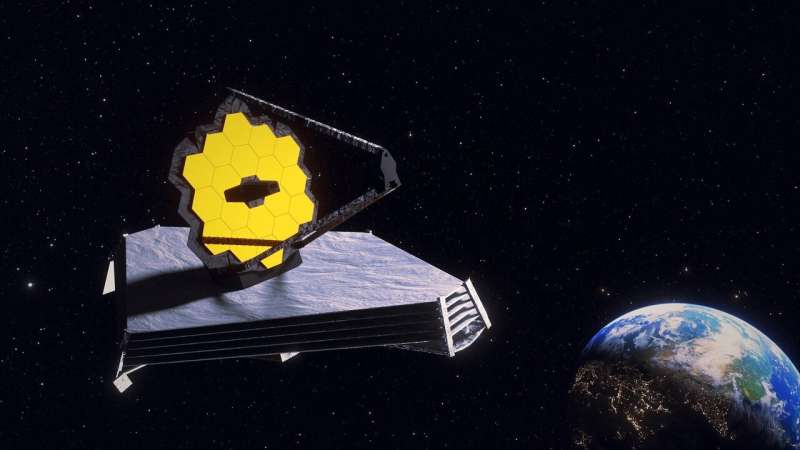
Lately, the hallways at the Space Telescope Science Institute in Baltimore have been filled with a few more smiles than usual.
Giddy excitement is in the air, anticipating the public release this week of the first significant, full-color images to come from the James Webb Space Telescope, said Susan Mullally, deputy project scientist for the telescope.
Staff at the institute, which operates the revolutionary telescope, have put the finishing touches on the public's first look at the power of Webb to observe what was once unobservable—distant galaxies, the atmospheres of faraway planets.
On Tuesday, the center on Johns Hopkins University's campus will open its doors to a host of scientists, journalists and other eager onlookers to unveil Webb's initial round of observations—ones curated by staffers to showcase the telescope's unique capabilities, with the goal of awing even the most uninspired.
NASA on Friday released a list of the objects captured for Webb's first set of images, including one of the brightest nebulae in the sky, a giant gaseous planet nearly 1,150 light-years from Earth and a quintet of galaxies "locked in a cosmic dance of repeated close encounters.
Space industry warned to prepare for impact from lurking recession
Monday, 11 July 2022 16:49
ULA's CEO Tory Bruno said: “I think we're really looking at a sea state change."
The post Space industry warned to prepare for impact from lurking recession appeared first on SpaceNews.
No damage to Relativity Space rocket at Cape Canaveral from fire at launch site, CEO says
Monday, 11 July 2022 16:47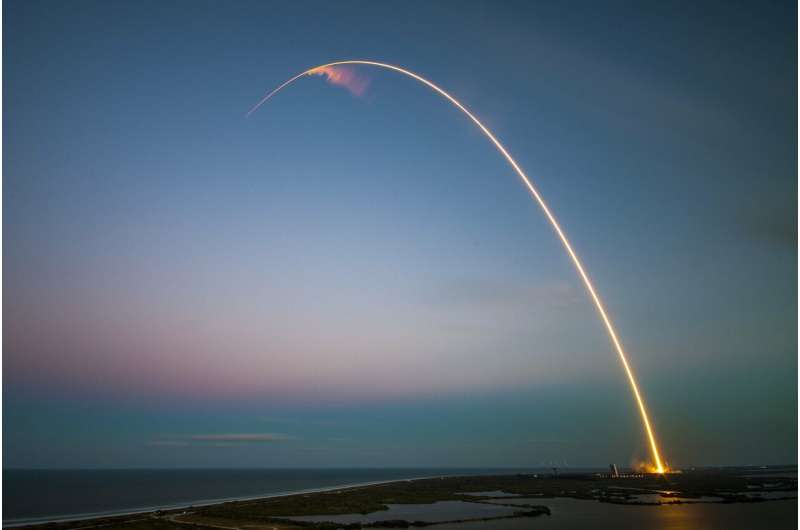
New rocket company Relativity Space is gearing up for its first ever launch testing its Terran 1 rocket at Cape Canaveral Space Force Station, and a fire spotted at the launch site prompted its CEO to reassure people the rocket was fine.
Images posted of flames and smoke rising from Launch Complex 16 by media outlet Talk of Titusville on Twitter had Relativity cofounder and CEO Tim Ellis commenting the rocket was well, and the launch pad damage was minimal.
"This grass fire was outside the rocket, from methane flare stack," Ellis said. "The team and rocket are all safe, and minimal to no pad damage either. Mostly grass."
Relativity's 3D printed rocket arrived to from its factory in Long Beach, California, to the Space Coast last month prepping for a mission dubbed "GLHF," as in "Good Luck, Have Fun," which won't be carrying any customer payloads, but will aim to prove it can perform for future missions when it attempts lift off later this year. A target launch date has not been determined, but earlier company statements said it was targeting before the end of summer.
How scientist applied the recommendation algorithm to anticipate CMEs' arrival times
Monday, 11 July 2022 15:44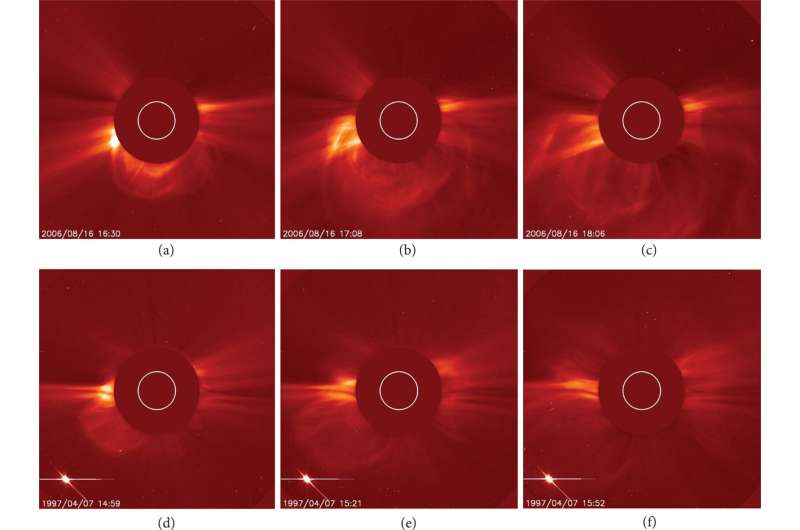
Coronal mass ejections (CMEs) are eruptive solar events. They are often associated with solar flares and filaments. CMEs can cause space weather events such as geomagnetic storms, high energy electron storms, hot plasma injection, ionospheric storms, and increased density in the upper atmosphere.
Large CME events can impact communications, navigation systems, aviation activities, and even power grids.
Excitement builds as Biden to release first image from Webb telescope
Monday, 11 July 2022 14:24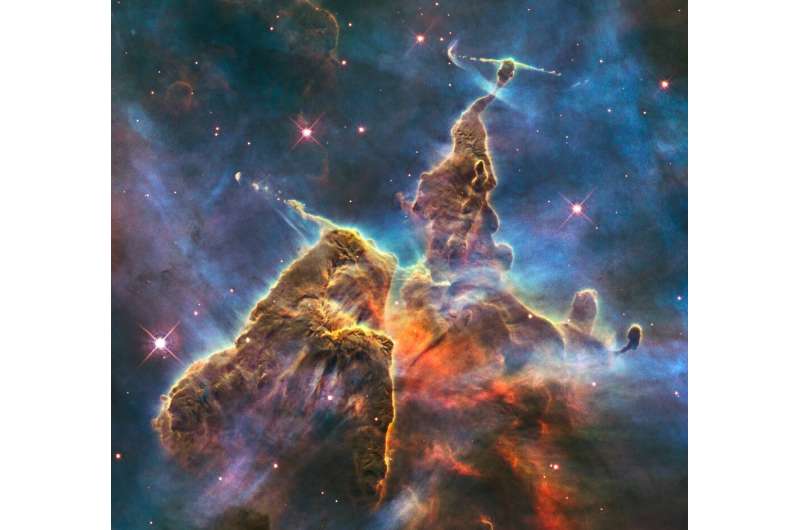
US President Joe Biden will Monday release one of the first images taken by the James Webb Space Telescope, the most powerful observatory ever sent into orbit and a leap forward in uncovering the secrets of the distant universe.
The unveiling will take place at 5:00 pm (2100 GMT) during a livestreamed event at the White House, official statements said, leaving the space community in a state of keen anticipation.
NASA revealed last week Webb's first targets included distant galaxies, bright nebulae and a faraway giant gas planet.


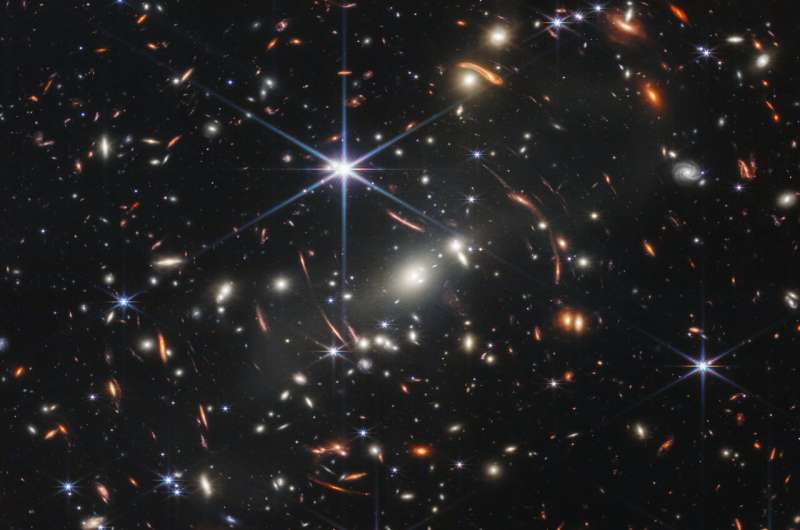
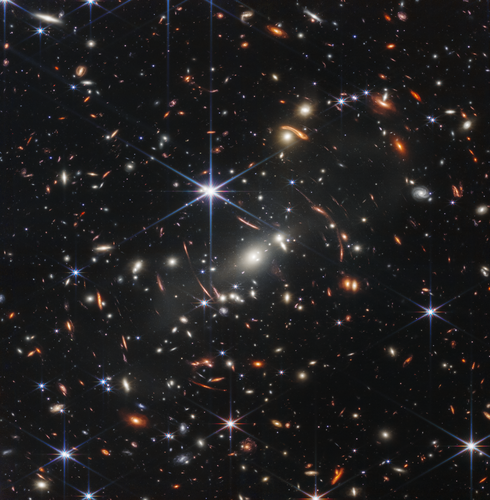 Image:
Webb’s first deep field
Image:
Webb’s first deep field